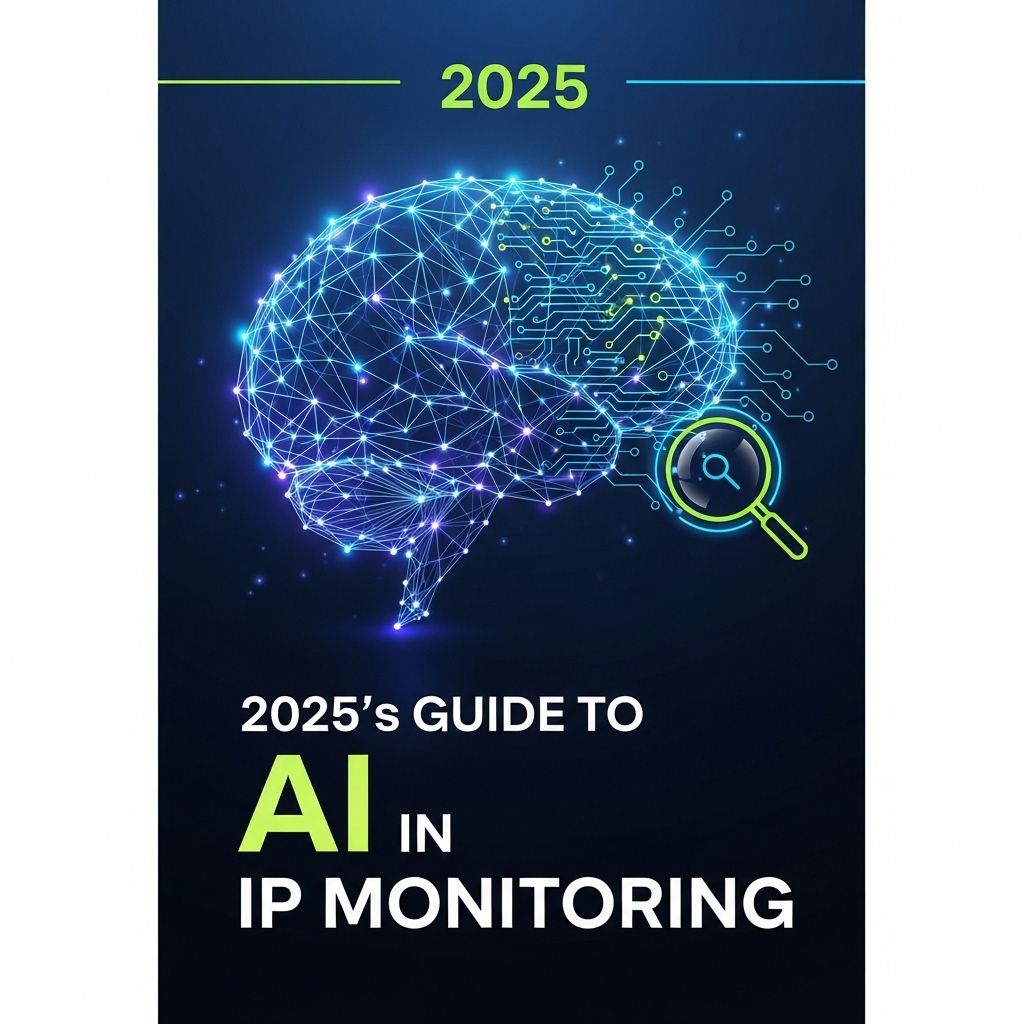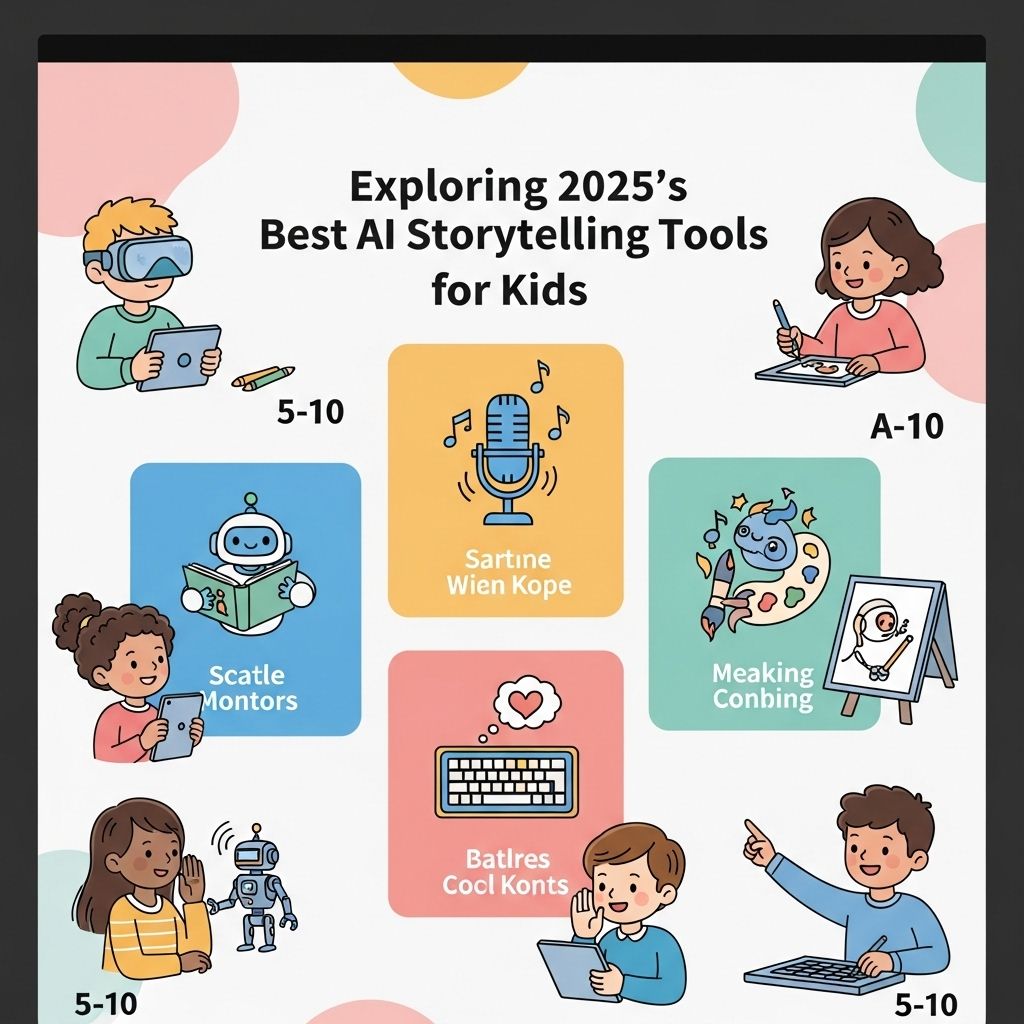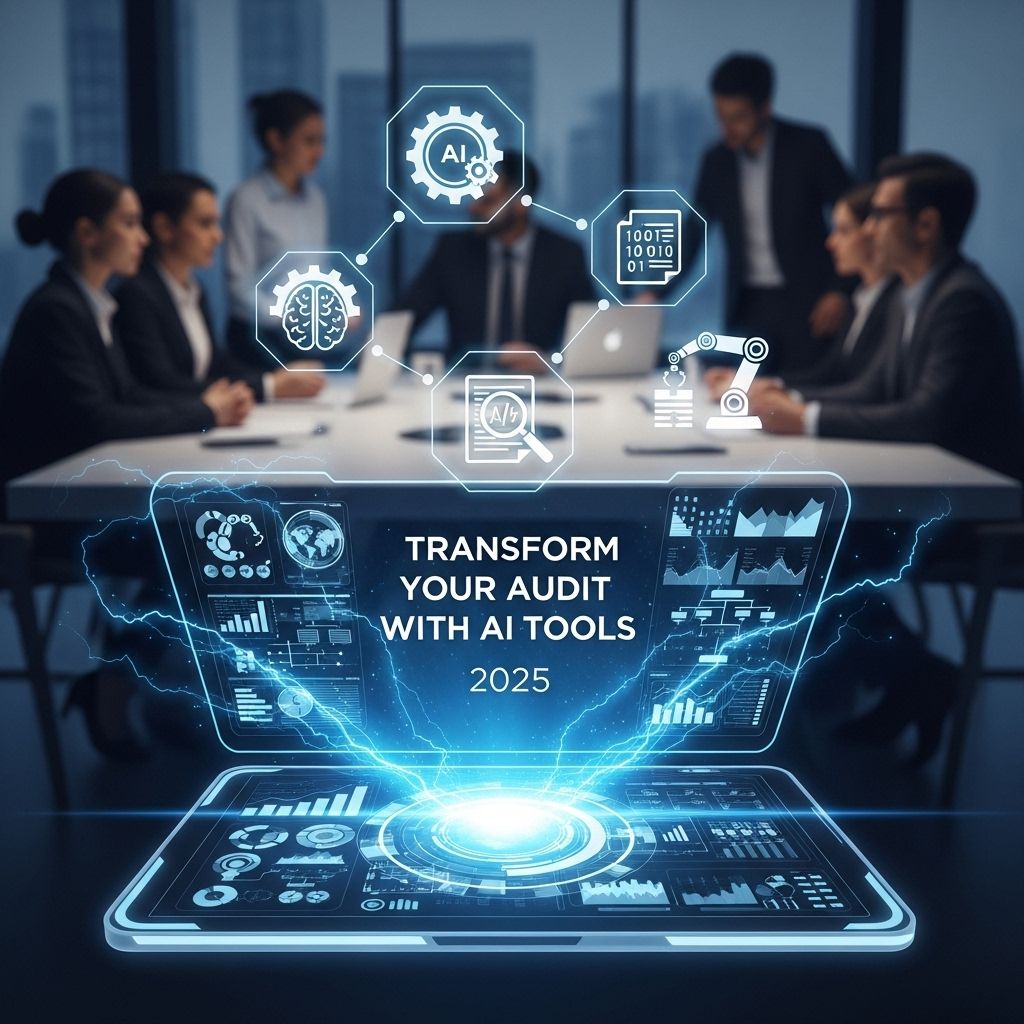2025’s Essential Guide to Legacy App Migration
Discover the essential steps for migrating legacy applications in 2025. Learn best practices, challenges, and solutions to ensure a smooth transition.

As businesses evolve, so too do their technological needs. Legacy applications, once the backbone of many organizations, are now often seen as outdated burdens that hinder agility and innovation. The migration to modern applications is not just a trend; it is becoming essential for staying competitive in the ever-evolving digital landscape. This guide aims to clarify the complexities of legacy app migration, providing a roadmap for organizations looking to modernize their tech stacks effectively.
Table of Contents
Understanding Legacy Applications
Legacy applications refer to software systems that are outdated but still in use, often because they fulfill critical business functions or are integrated into essential business processes. These applications may be based on obsolete technologies, making them harder to maintain, integrate, or scale. Here are some characteristics of legacy systems:
- Built on outdated programming languages or frameworks
- Lack of vendor support or updates
- High maintenance costs due to aging infrastructure
- Difficulty in integration with new technologies
- Non-compliance with current security standards
Reasons for Migration
Organizations opt to migrate their legacy applications for several reasons:
1. Improved Performance
Modern applications are typically faster, more reliable, and designed to handle larger volumes of data or traffic.
2. Enhanced Security
Modern platforms offer advanced security features, which are vital in today’s threat landscape.
3. Cost Efficiency
Reducing the cost of maintenance and operation is a significant driver for migrating legacy systems.
4. Agility and Scalability
Modern applications can be easily scaled and adapted to meet changing business demands.
Migration Strategies
When planning a migration, organizations must select the right strategy based on their specific needs and resources. Here are the most common approaches:
1. Rehosting (Lift and Shift)
This approach involves moving the application to a new environment without making significant changes to the codebase. It is often the quickest strategy but may not fully leverage the benefits of cloud technologies.
2. Refactoring
Refactoring entails reworking the application to better align with modern architectures, such as microservices or serverless design, while retaining core functionalities.
3. Rebuilding
This strategy involves completely rebuilding the application from scratch using modern technologies. This is often the most labor-intensive but allows for tailored solutions.
4. Replacing
In some cases, organizations may choose to replace legacy applications with commercial off-the-shelf software that meets their needs more effectively.
Steps for Effective Migration
Successful migration of legacy applications involves several critical steps. Here’s a structured approach:
1. Assessment
Conduct a thorough assessment of the existing applications to identify:
- Functional requirements
- Technical debt
- Integration points
- Security vulnerabilities
2. Planning
Create a detailed migration plan that outlines:
- Goals and objectives
- Resource allocation
- Timeline
- Risk management strategies
3. Execution
Implement the migration plan, ensuring to:
- Communicate with stakeholders
- Monitor the migration process
- Test at every stage
4. Optimization
Post-migration, it’s important to optimize the newly deployed application to ensure it meets performance benchmarks and user expectations.
Challenges of Migration
Despite the benefits, migrating legacy applications is not without challenges:
1. Data Migration Issues
Transferring data from legacy to modern platforms can lead to data integrity problems. It’s crucial to have data validation and cleansing processes in place.
2. Resistance to Change
Employees accustomed to legacy systems may resist adopting new technologies. Change management strategies can help ease this transition.
3. Underestimating Complexity
Organizations may underestimate the complexity of their legacy systems, leading to project delays and cost overruns. Detailed assessments and planning can mitigate these risks.
Tools and Technologies for Migration
Several tools and technologies assist in the migration process:
| Tool/Technology | Description |
|---|---|
| Cloud Migration Tools | Platforms like AWS Migration Hub and Azure Migrate help in planning and executing cloud migrations. |
| Data Migration Tools | Tools such as Talend or Informatica facilitate data extraction, transformation, and loading (ETL). |
| Application Modernization Platforms | Solutions like Mendix or OutSystems provide low-code environments for rapidly developing new applications. |
Case Studies
To provide some concrete examples, here are two case studies that illustrate successful legacy application migrations:
Case Study 1: Financial Services Company
A leading financial services company faced high costs and security risks associated with its aging systems. They opted for a refactoring strategy, breaking down their monolithic architecture into microservices. This led to enhanced agility and significantly reduced operational costs.
Case Study 2: Retail Chain
A national retail chain struggled with its outdated point-of-sale systems. By replacing their legacy applications with a modern cloud-based solution, they improved transaction speed and customer service, leading to increased sales.
Conclusion
In today’s fast-paced technological environment, migrating legacy applications is not merely an option but a necessity for businesses aiming to remain competitive. By understanding the reasons, strategies, challenges, and tools involved, organizations can navigate the migration process effectively, paving the way for innovation and growth. With careful planning and execution, the transition from legacy systems to modern applications can yield significant benefits, including enhanced performance, security, and operational efficiency.
FAQ
What is legacy app migration?
Legacy app migration refers to the process of updating and transferring outdated applications to modern platforms or technologies to enhance performance, security, and usability.
Why is legacy app migration important?
Legacy app migration is crucial for improving operational efficiency, reducing maintenance costs, ensuring compliance with current standards, and taking advantage of new features and technologies.
What are the common challenges in legacy app migration?
Common challenges include data integrity issues, compatibility with existing systems, potential downtime during migration, and resistance to change from users.
How can businesses prepare for legacy app migration?
Businesses can prepare by conducting a thorough assessment of their current applications, understanding user requirements, and developing a detailed migration plan that includes timelines and budgets.
What tools can assist with legacy app migration?
Several tools can assist with legacy app migration, including application performance monitoring tools, data migration services, and cloud migration platforms that facilitate the transfer of applications to cloud environments.
What are the benefits of migrating to the cloud?
Migrating to the cloud offers benefits such as increased scalability, enhanced security, cost savings on infrastructure, and improved accessibility for remote teams.







